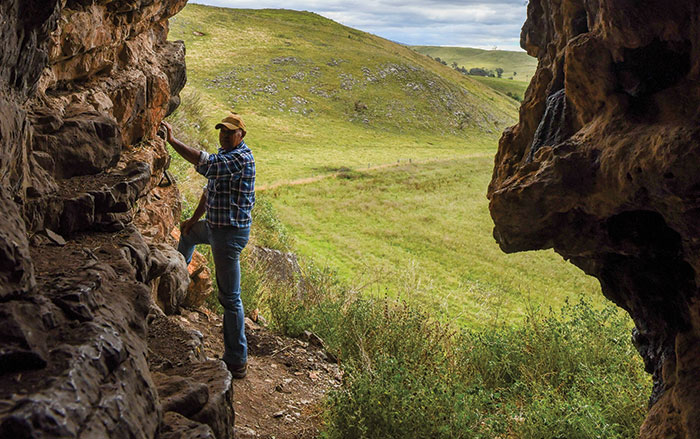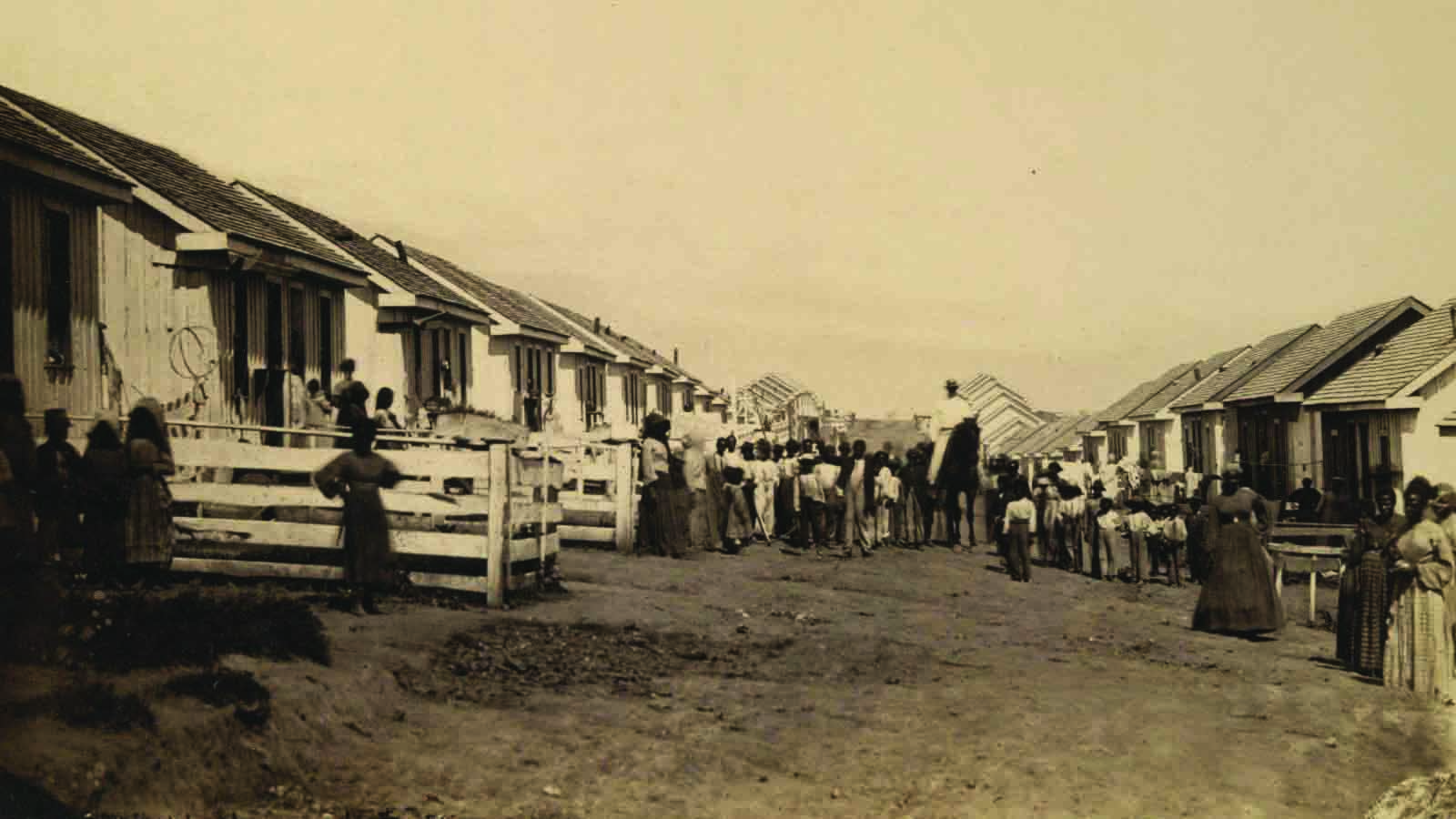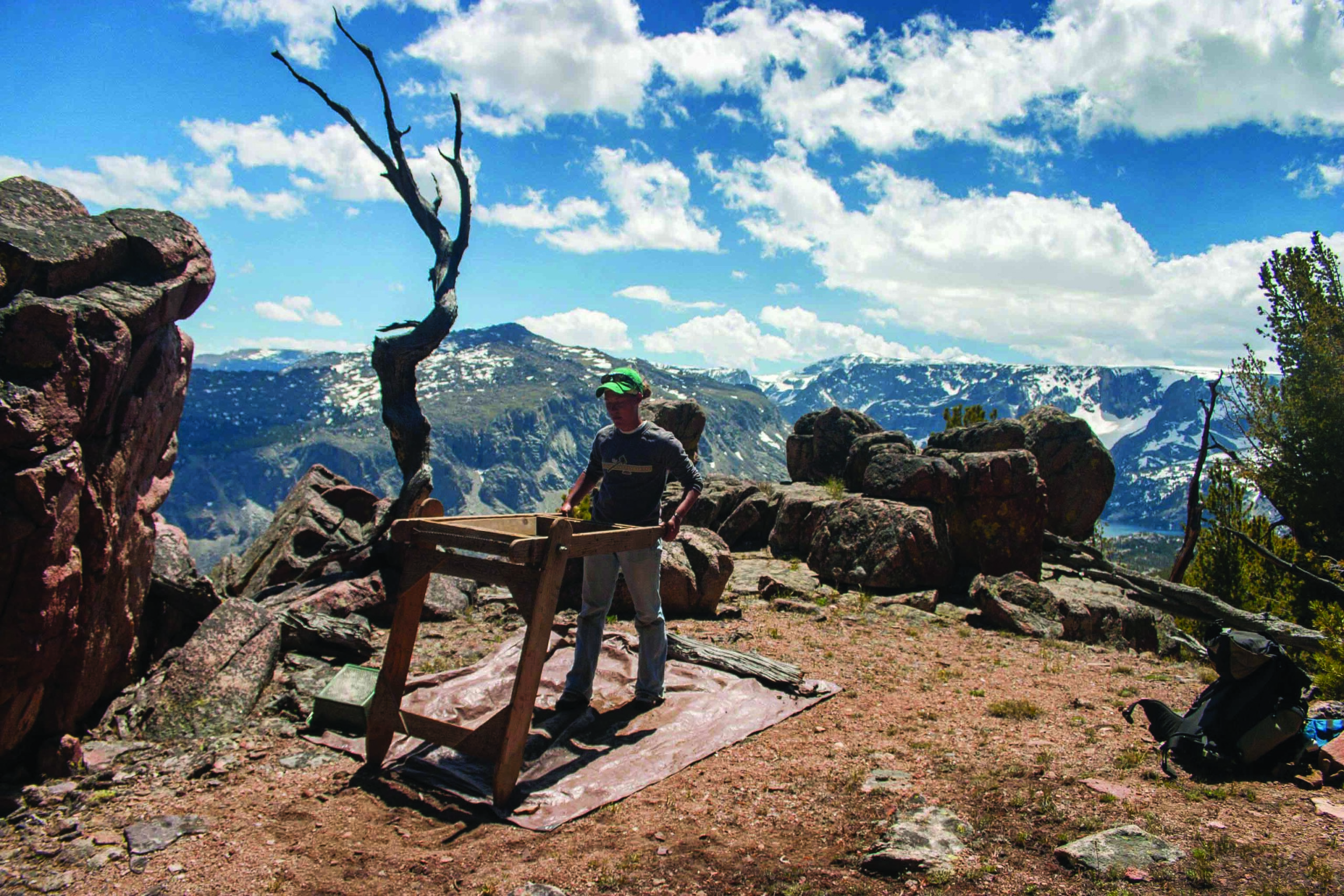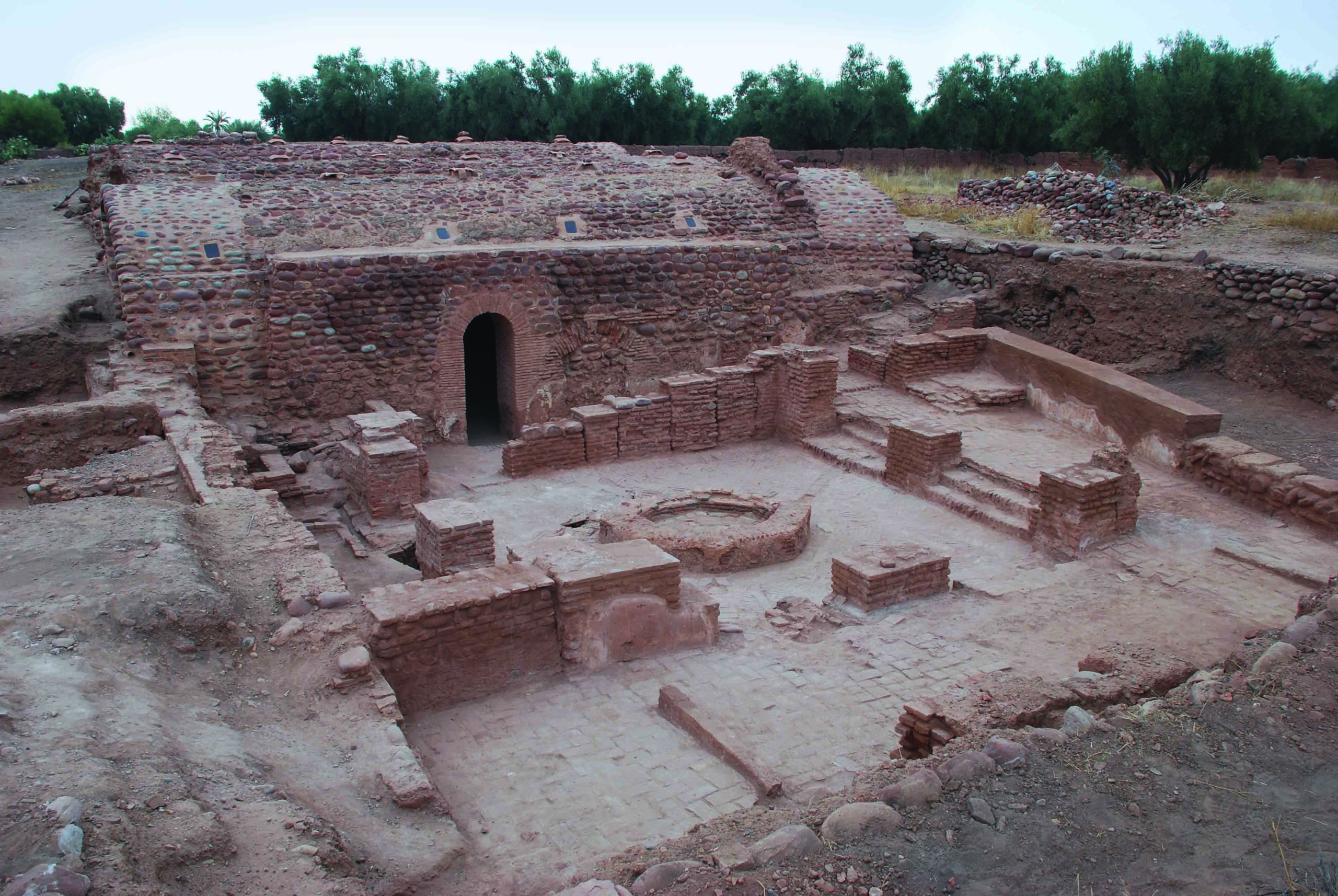
GRIFFITH, AUSTRALIA—ABC News Australia reports that 271 stone tools known as bipolar flakes have been discovered at a construction site at Griffith Base Hospital. Some of the artifacts were likely moved to the site amid loads of gravel in recent times, according to archaeologist Jillian Comber, while others are believed to have been there for thousands of years, suggesting that Aboriginal people made camp in the area. "These tools were used for cutting and scraping food, cutting up plant matter, or scraping timber for wood working,” said Comber. She adds that the flakes may also have been used to make shields, canoes, and “coolamons,” a type of vessel used to carry water or food. The Griffith Local Aboriginal Land Council plans to apply to be the repository for the artifacts and to be able to decide how and where they will be kept. To read about rock art in Australia, go to “Off the Grid: Kakadu National Park.”










